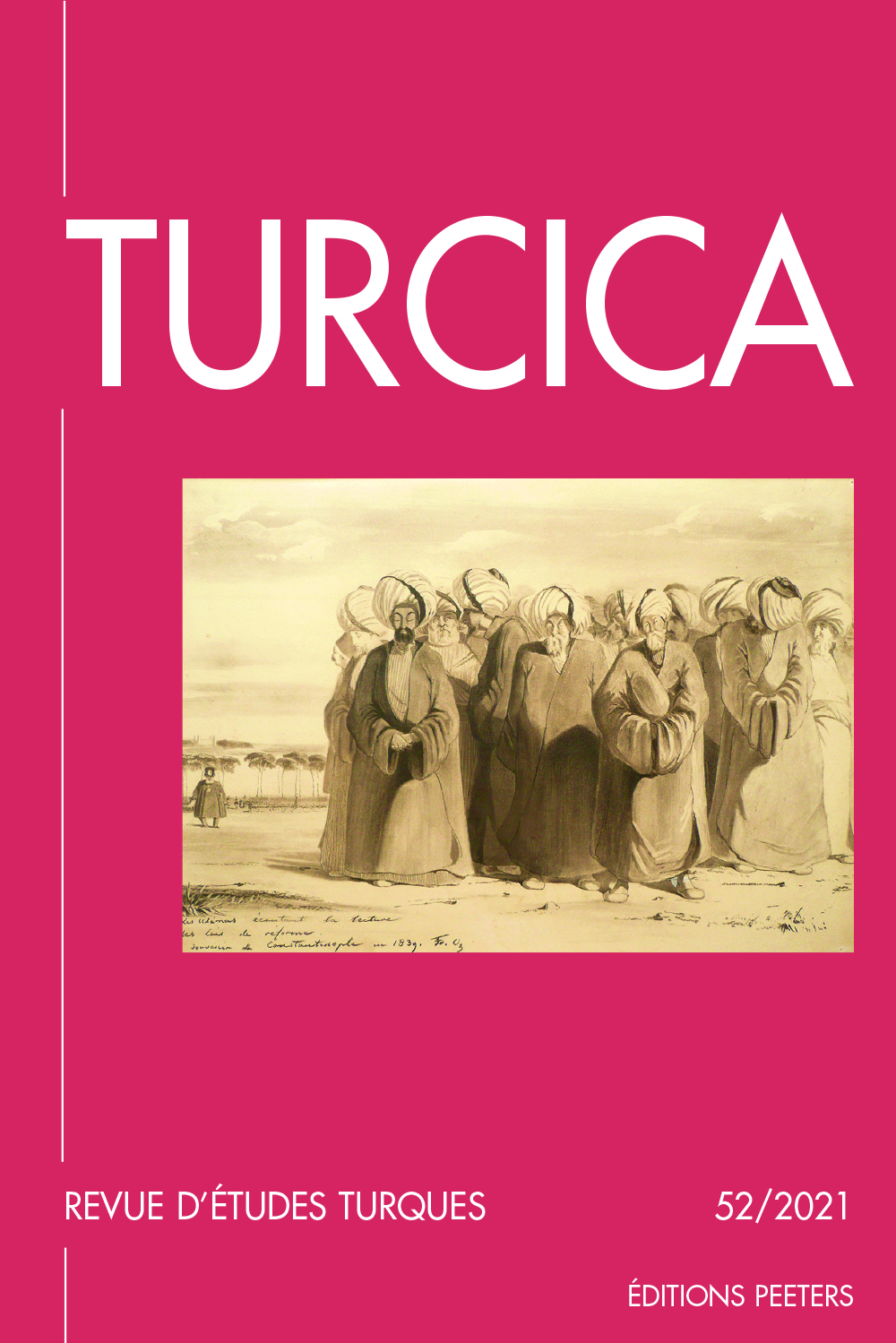 previous article in this issue previous article in this issue | next article in this issue  |

|
Document Details : Title: Note de symbolique Bektachi-Alévie Subtitle: Des douze animaux aux douze imams Author(s): MELIKOFF, Irène Journal: Turcica Volume: 35 Date: 2003 Pages: 237-245 DOI: 10.2143/TURC.35.0.578741 Abstract : La rencontre d’une chamane originaire de Nagornyj Altaj, en Asie centrale, invite l’auteur à réinterpréter certains rites et croyances des Bektachis-Alévis d’Anatolie à la lumière du chamanisme pré-islamique. Elle se demande en particulier si le culte des douze imams attribué à la pénétration du chiisme dans le bektachisme n’a pas pu avoir remplacé celui des douze animaux du calendrier chinois utilisé pendant des siècles par les peuples turcs et encore vivant dans certaines parties de l’Asie centrale. Having met a female shaman from Nagorny-Altay in Central Asia, the author is brought to reinterpret the meaning of some rituals of the Anatolian Bektasi Alevi after comparing them to some items of pre-islamic shaman origin. She is concerned with the worship of the twelve imams which is due to the influence of shiism. Yet the shaman who visited her wore a ceremonial robe which included a fur cap with twelve pleats, very much like the Bekta?i cap called TacI Huseyni. When asked the reason for twelve pleats, the shaman answered that they represented the twelve animals of the ancient Turkish calendar still in use in Central Asia. We have many reasons to believe that the twelve animals of the ancient Chinese calendar became under the influence of shiism the twelve imams. |
 |
